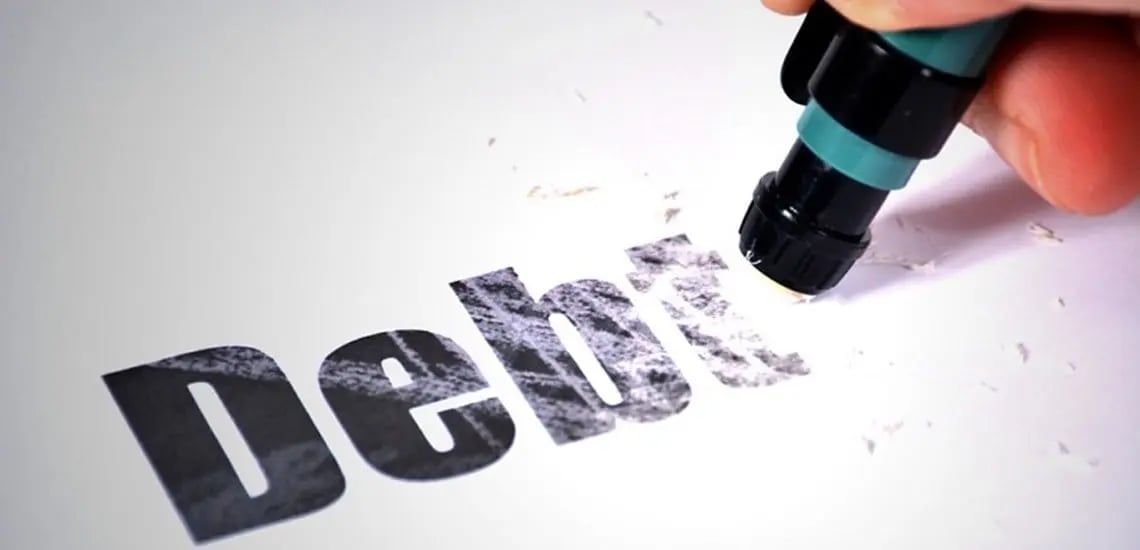Exus Blog Article
8 steps to better debt collections and recovery for banks in 2018

2018 is a huge year for the banking and finance sector, both for large institutions and individual citizens. In Europe, Brexit is on the horizon. In the US, consumer spending is set to slow as the growth rate of real disposable income also slows. China’s debt bubble looms large while ‘Political instability threatens to derail MENA’s blossoming economic recovery’, according to the world’s leading economists.
For a debt collections industry where the global average of non-performing loans rose over half a percent from 6.99% to 7.07% in 2016, and the cost to service a delinquent loan is now fifteen times the cost of servicing a performing loan according to Gartner, alarm bells should be ringing.
For banks, the challenge is in providing a framework for debt recovery that works: a customer-focused solution that reduces loan delinquency and encourages repayment. With that in mind, here are our 8 steps to better debt collections in 2018.
1. Make productivity a priority
The first step in improving your debt collection processes is ensuring the people chasing the debt are productive and motivated. This goes beyond getting good staff and paying them. You need to consider centralizing collections, capacity, setting the right goals, and writing the right scripts.
2. Establish your metrics of success
Until you’re crystal clear on your collections goals, you can’t be sure whether your debt collections improvements are having the right effect. These metrics can be large, overarching goals - kept promise ratios, collections revenue, collector productivity - but should also filter down into more granular metrics like agent time on phones or delinquency to settlement time.
Before you start looking at debt collections software or refining the process, you need to know what you’re trying to achieve.
3. Focus on your personnel
We’ve spoken briefly about personnel in point one, but improving productivity is not simply about setting tough targets and expecting results. Your staff needs to be managed effectively. That means great communication, appropriate incentive programs, and a clear understanding of capacity.
The last thing you want is a call centre of 100 agents with nothing to do or a team of 15 who can’t have two seconds of breathing space throughout the day.
4. Segment your customers
Personalization has been a banking buzzword for a few years now. As data has become more readily available and the analysis of this data more straightforward, customers have become used to their lives being tailored around them. From algorithmic social media streams to news to shopping, intelligent online experiences have increased expectations. To do this, however, you need to have a handle on the data you hold. And step one in this process is segmentation.
5. Think customer first
Alongside segmentation, a shift of focus is needed for debt collections teams.
While the rest of the banking industry has empowered consumers with banking apps and money transfer services, the debt collections world has lagged behind. Debt collection is a customer service challenge, and organizations must ask themselves whether their processes make it as easy as possible for customers to settle their debts.
6. Improve your collections reputation
We don’t need to tell you about the reputation the debt collections industry has with the general public.
The trouble is reputation matters. If you’re using an external agency for collections, everything they do reflects on you. And in a world where everyone has access to social media, bad reputations travel further and wider than ever before. Billionaire Warren Buffett once said, “It takes 20 years to build a reputation and five minutes to ruin it. If you think about that, you’ll do things differently.”
7. Get to grips with the loan cycle from start to finish
Debt recovery is not an island. Instead, it’s part of a wider loan ecosystem, in which every element has an impact on the eventual repayment. From loan origination - where robust risk analysis is key - through to credit risk monitoring and finally collections, every element of the cycle needs to be assessed to ensure the greatest chance of repayment.
8. Invest in tech
Got your goals aligned, customers segmented, loan cycle cleaned and reputation well-managed? Then you’re ready to use specialist software to take your debt collection operations to the next level, helping to meet your targets, improve your processes and – most important of all – keep your customers are happy.
